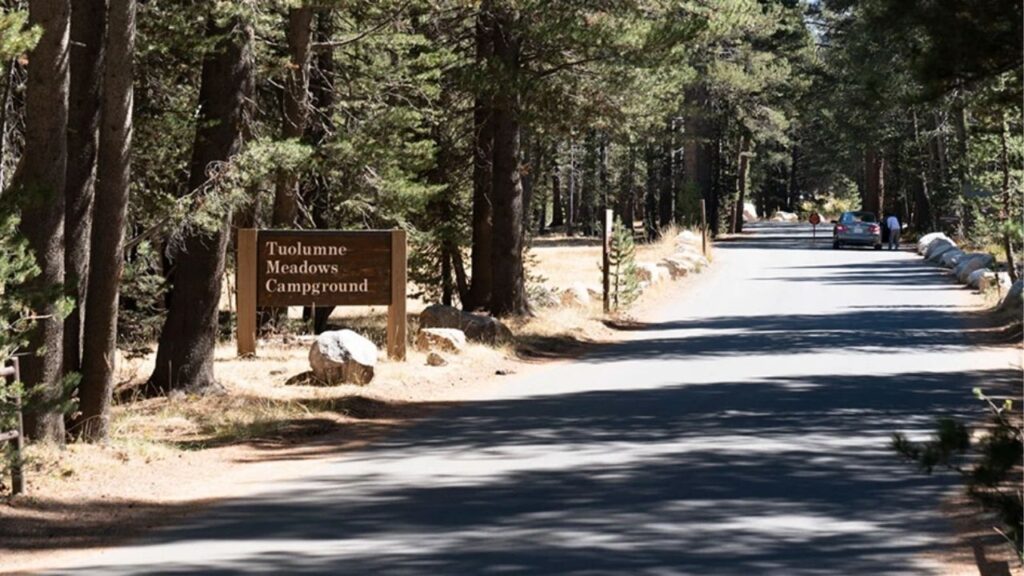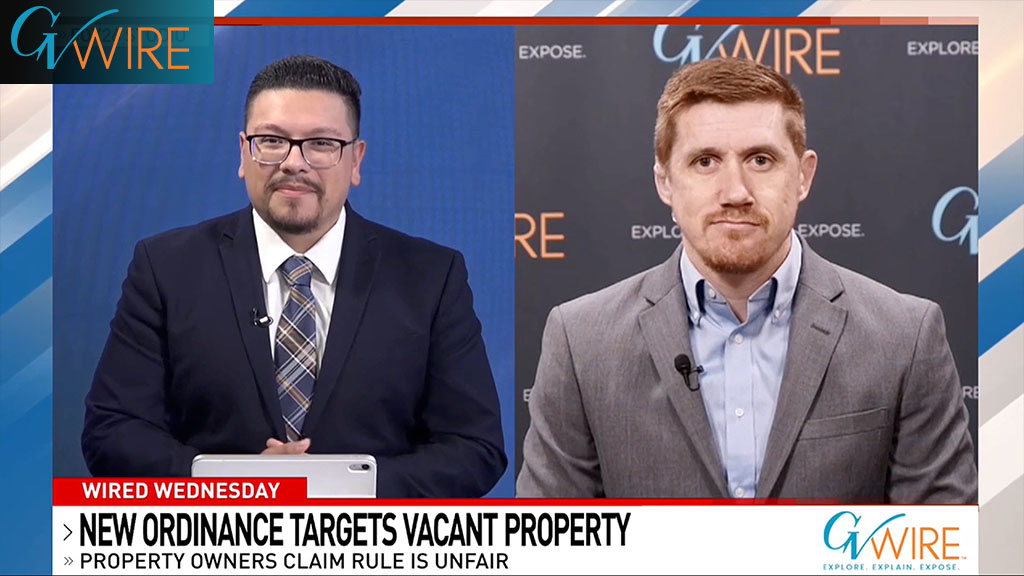Share
Why can’t California build enough housing to meet its demand, even though the state’s population is declining?

Dan Walters
CalMatters
Opinion
The state Department of Housing and Community Development was recommending that the state build 180,000 units of housing each year and has been leaning on local governments to zone enough land and reform their approval processes to make that happen. More recently, the housing goal was reduced to 148,000 in light of population declines, but actual production runs, at best, about two-thirds of that level.
Two recent reports on housing in two of the state’s largest and most housing-deficient cities provide some insight into the factors that must change if California wants to meet its housing needs.
The first is a state review of housing policies in San Francisco, which is notorious for erecting multiple hurdles to approval of projects.
“San Francisco has the longest timelines and some of the highest procedural hurdles in the state for advancing housing projects to construction,” the report declares. “These delays, combined with some of the highest housing construction costs in California, create a barrier to addressing the community’s unmet housing needs.
“If San Francisco’s current rate of housing approvals and construction continues, the City will miss its housing production goal of over 82,000 new homes by 2031 that is necessary to address affordability and overcrowding challenges experienced by the current population, as well as providing homes for future San Franciscans. San Francisco must add over 10,000 new homes, including over 5,800 affordable homes, each year. So far in 2023, San Francisco has permitted less than one home a day.”
Newsom Takes Personal Interest
Gov. Gavin Newsom, once San Francisco’s mayor, has taken a personal interest in the city’s myriad social and economic problems and endorsed the report’s findings.
“California’s affordability crisis is one of our own making,” Newsom said in a statement. “The decisions we made limited the creation of housing we need. Nowhere is this fact more evident than in San Francisco.”
“San Francisco’s notoriously complex, cumbersome, and unpredictable housing approval process came onto the state’s radar for good reason, as this rigorous HCD investigation and UC Berkeley research bore out,” said HCD director Gustavo Velasquez.
The report recommends a number of specific reforms needed to jump-start housing in San Francisco. Its current mayor, London Breed, has been pushing a slate of procedural changes, but the city’s Board of Supervisors, whose members are acutely tuned to the city’s historic resistance to big housing projects, has been reluctant to act.
The report and the political standoff frame the question over whether the state will intervene more forcefully in the city’s housing dilemma. One of the many housing bills passed by the Legislature and signed by Newsom this year, Senate Bill 423, contains language specifically aimed at forcing the city to become more accommodating, implying that more state pressure might be applied.
The second housing report deals with San Jose and was ordered by city officials, who wanted to know why it was not building enough housing.
The bottom line is that building housing in San Jose is so expensive – much so than in other comparable California cities – that few projects, especially those to serve low- and moderate-income families, pencil out.
On average, the report found, costs in San Jose are 23% higher. In just the past year, the cost of developing a single unit of affordable housing has jumped by 24% to $938,700 – a figure that is more than 50% higher than it was four years ago.
That’s an incredible number. It means that even a modest apartment meant for a working-class family costs nearly $1 million. That just can’t work.
About the Author
Dan Walters has been a journalist for nearly 60 years, spending all but a few of those years working for California newspapers. He began his professional career in 1960, at age 16, at the Humboldt Times. CalMatters is a public interest journalism venture committed to explaining how California’s state Capitol works and why it matters. For more columns by Dan Walters, go to calmatters.org/commentary.
Make Your Voice Heard
GV Wire encourages vigorous debate from people and organizations on local, state, and national issues. Submit your op-ed to rreed@gvwire.com for consideration.
RELATED TOPICS:
US Navy Jet Crashes in Fresno County Field. Pilot ‘Safe’ After Ejecting
21 minutes ago
Trump Says Mexico Trade Deal Extended for 90 Days
2 hours ago
Valley Crime Stoppers’ Most Wanted Person of the Day: Nathaniel Smith
2 hours ago
Judges Question Whether Trump Tariffs Are Authorized by Emergency Powers
2 hours ago
US Treasury Chief Says He Expects Fed Chair Announcement by Year’s End
2 hours ago
Fresno Illustrator Debuts as Author With Gamer’s ‘100 First Words’ Children’s Book
2 hours ago
The Trump Presidency Takes a Better Turn
2 hours ago
Fresno Man Killed in Hit-and-Run, Suspect Vehicle Located
3 hours ago
Wall Street Jumps as Microsoft Enters $4 Trillion Club After Results
3 hours ago
Yosemite’s Largest Campground Reopens Friday After $26.2 Million Renovation
10 minutes ago
Categories

Yosemite’s Largest Campground Reopens Friday After $26.2 Million Renovation

Two Men Shot During Fight at Tulare Apartment Complex

US Senate Committee Backs $1 Billion for Ukraine in Pentagon Spending Bill

US Navy Jet Crashes in Fresno County Field. Pilot ‘Safe’ After Ejecting

Trump Says Mexico Trade Deal Extended for 90 Days

Valley Crime Stoppers’ Most Wanted Person of the Day: Nathaniel Smith

Judges Question Whether Trump Tariffs Are Authorized by Emergency Powers










